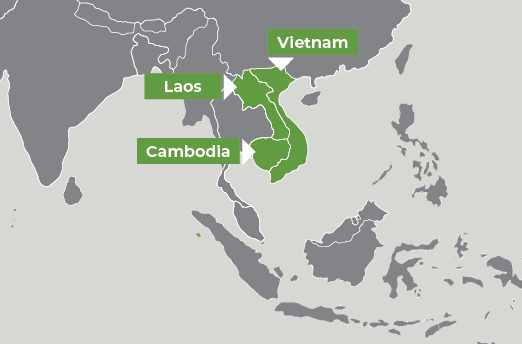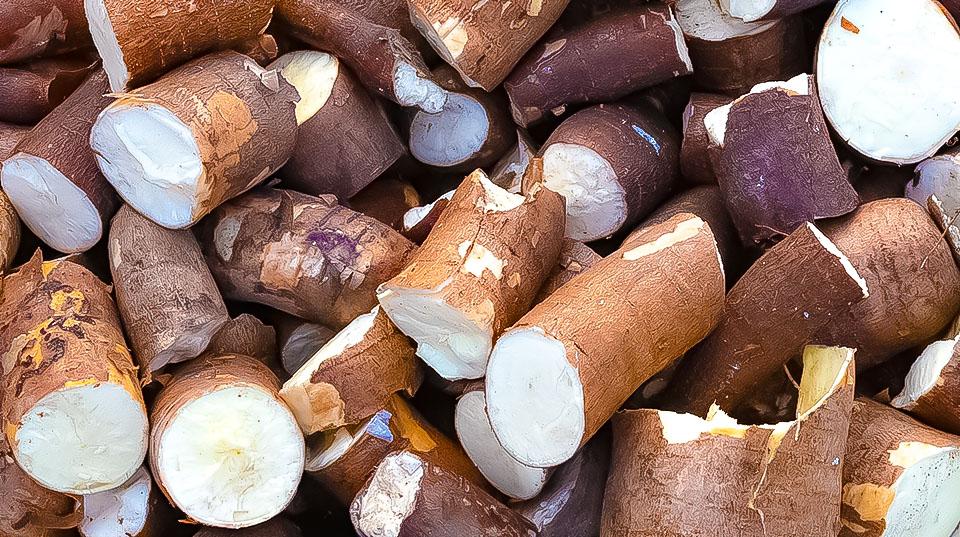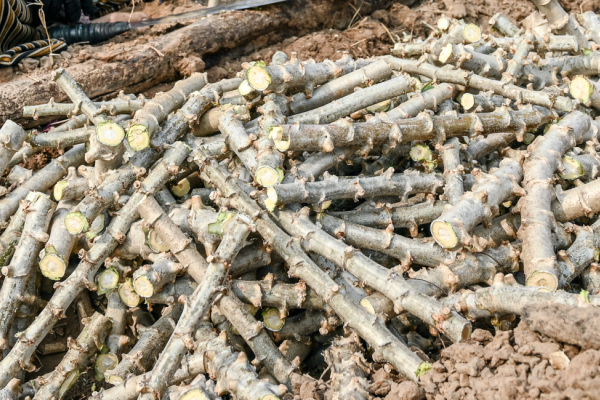Overview
This project aims to maintain a profitable cassava sector that supports the livelihood of smallholder farmers and competitive industry by co-developing adoptable and scalable innovations that address disease pressures and sustain soil productivity.
Cassava cultivation, a crucial livelihood for smallholder farmers in Mainland South-East Asia, faces challenges due to rapid expansion, limited adoption of sustainable practices, and disease outbreaks. High demand and prices have led to monoculture cultivation, risking soil degradation and declining fertility. This project addresses the pressing issues faced by the cassava sector in Mainland South-East Asia.
By focusing on innovative cropping systems, mechanisation, disease management, and digital solutions, the aim is to maintain a sustainable cassava industry. Co-developing these practices with farmers and value chain actors ensures that the solutions are not only technically feasible and economically viable but also socially acceptable.
Through partnerships and collaboration with various stakeholders, this project aims to sustain cassava-based livelihoods, promote agricultural resilience, and contribute significantly to the economic development of the target countries.
Project activities and expected outcomes
- Surveying data, conducting geospatial and soil analysis to understand cassava production systems, and reviewing the literature to evaluate sustainable cassava practices globally.
- Exploring innovative crop rotations to sustain production without increasing labour demands.
- Incorporating forage crops for diversification, exploring cut-and-carry and grazing options.
- Introducing N-fixing legumes in cassava cropping systems.
- Optimising diagnostic tools for Cassava Witches Broom Disease (CWBD), screening for genetic resistance to CWBD, and implementing altered cropping practices to manage CWBD.
- Scaling up disease-free planting material production through partnerships.
- Implementing digital monitoring systems using sensors and drones.
- Engaging farmers and value chain actors in co-developing and evaluating innovations.
- Developing and adopting sustainable crop rotations.
- Reducing labour hours through mechanised planting and weeding.
- Improving soil health and fertility, promoting long-term sustainability.
- Enhancing diagnostic tools, speeding up disease detection.
- Adopting disease-resistant varieties, reducing losses from diseases like CWBD.
- Adopting efficient digital monitoring systems aiding research stations.
- Facilitating wide dissemination of knowledge through farmer-to-farmer networks.





